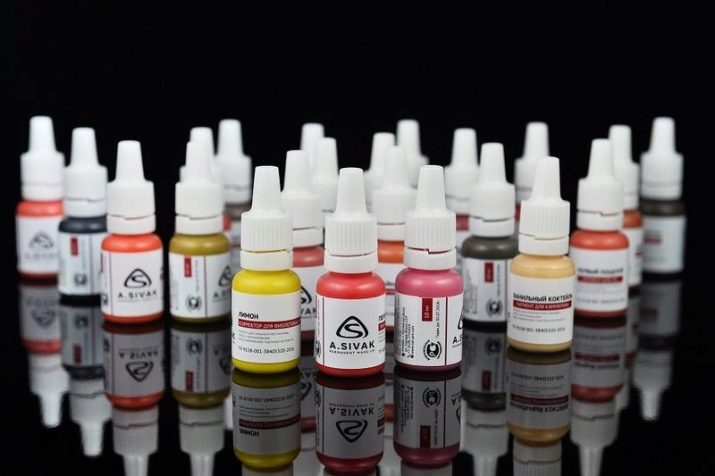Pigments for permanent makeup

The modern beauty industry is constantly evolving, new ways to maintain a spectacular appearance appear regularly. Permanent makeup is a great way to correct your appearance, make it brighter and more expressive. So that the result does not disappoint, you need to choose a qualified craftsman who works with impeccable materials.
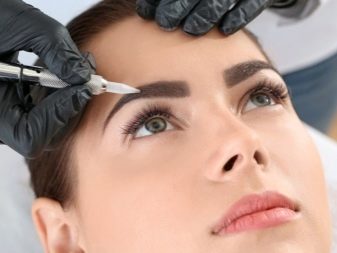
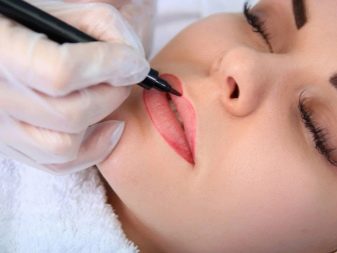
Lip, eyelid and eyebrow permanent requires the highest level of materials and pigments. The quality and durability of the tattoo depends on these nuances. If in doubt, it is better to refuse the procedure, as the effect can be disastrous. Fixing a permanent is very difficult, it takes time and money.

Features and requirements
Pigments for tattooing must meet certain requirements, otherwise it is better not to use them. In addition to the skill of the specialist and the individual characteristics of the client, there are a number of points that affect the result. To ensure that permanent makeup does not bring unpleasant surprises for either the client or the master, the following criteria must be taken into account.
- Composition... This is the main point, the paint often has a different price category, and this provokes the masters into questionable savings. High quality pigments cannot be compared to cheap chemicals. It is best to avoid formulations that contain elements such as Cl, Br or I. Colors of this type will very quickly lose their saturation and intensity. In a poor composition, preservatives and other elements are first indicated that reduce the price and increase the shelf life.
- Hypoallergenic... Another very important condition that must be considered when choosing a product.If you do not take it into account, the risks of edema, allergic reactions are high. It is worth testing for the presence of allergens to prevent breakouts and swelling.
- Comfort in use... This point should not be disregarded, since if it is inconvenient to work with paint, the procedure will be delayed in time, and the possibility of overshooting will increase. For example, powder dyes are first dissolved - this is not always easy to do, and the result is difficult to predict. But liquid-type pigments are more convenient for the master.
- Special paints. Permanent and tattoo pigments are not interchangeable. The first category is sparing in composition, and the second is more aggressive and is not suitable for a permanent.
- Certificate... All purchased pigments must be certified, in case of any identified discrepancies, you need to ask questions and clarify the situation. You shouldn't ignore this. It is necessary to check the country of origin, the expiration date of the pigment. If the deadline is close to completion, you should not risk it.
- Sterility... All paints must be safe, not only in composition. It is necessary that, in general, the product is used in compliance with the rules of asepsis and antiseptics.
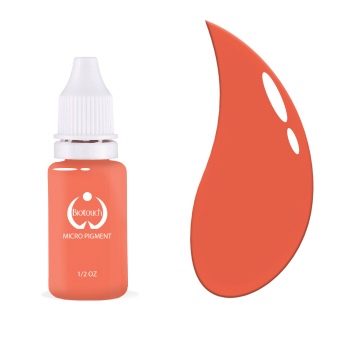
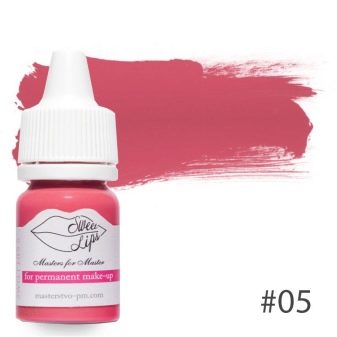
Views
The pigments contain different substances, the base consists of glycerin, alcohol, mixed and dry substances. It also contains mineral elements, including:
- iron oxide - black;
- chromium oxide - green;
- titanium oxide - white;
- ultramarine - blue;
- manganese - burgundy and violet;
- potassium hexacyanoferrate - black-violet.
Thanks to the combination of these elements, one or another pigment tone is obtained. Varieties of paint are distinguished according to different criteria, for example, texture and composition.
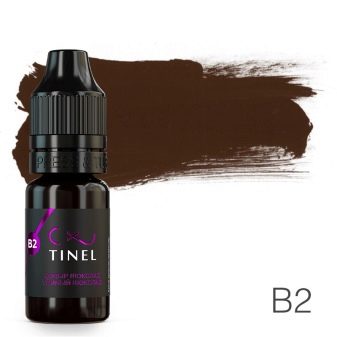

By texture
The most popular permanent paints come in two main varieties.
- Creamy... The basis is alcohol, water, suitable for long-lasting make-up of lips, eyelids, eyebrows. The composition necessarily contains glycerin. This type is most often used to work in any technique.
- Liquid... Based on water, alcohol and sorbitol, requires special tools, fits perfectly under the skin, but the risk of blurring is great. Sorbitol pigment is not very economical to use and dries at a high speed.
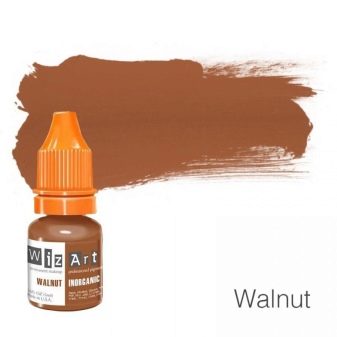
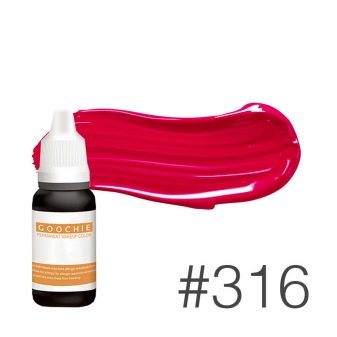
By composition
It doesn't matter which brand the master looks at, all products are divided into inorganic and organic. There are also mixed options.
-
Organic pigment. Synthetic organic matter in the composition has nothing to do with natural ingredients. Natural organics are not used in the production of permanent dyes, as this is prohibited. The reason is the high risk of allergic reactions. These pigments are based on carbon. Among the characteristics that distinguish organic from inorganic are small size of paint particles, more intense shades, a huge palette of tones, and worse stability in the epidermis. Due to the lack of stability, such pigments may blur slightly, which is not the case with synthetics.
Such compositions are used for shading, watercolor techniques, and not for drawing clear contours.
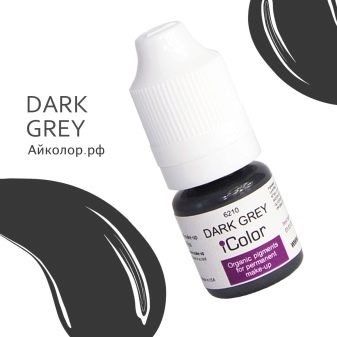
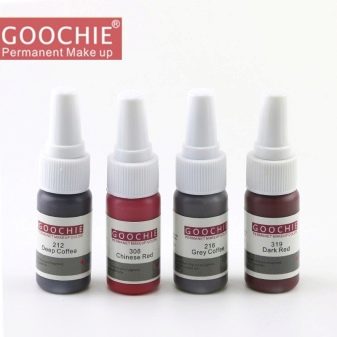
- Inorganic pigment. The basis is made up of metal oxide, most often iron. Therefore, these dyes are not suitable for people with iron allergies. Synthetics are distinguished from organics by large particles of dye, texture dullness, muted tones, excellent stability in the epidermis. It is the perfect solution for hair technicians.
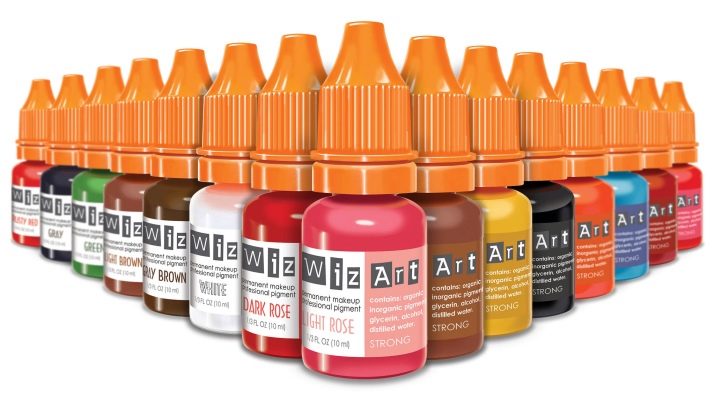
- Mixed composition... You can find most of the big brands, they have both organic and synthetic ingredients. Each manufacturer has certain characteristics, differences that should be studied before starting to work with a pigment. Mixed formulations are created by combining the above pigments. The proportions are different, so you can get more and less intense colors. This type of pigment combines durability, saturation, which is why they are so in demand.
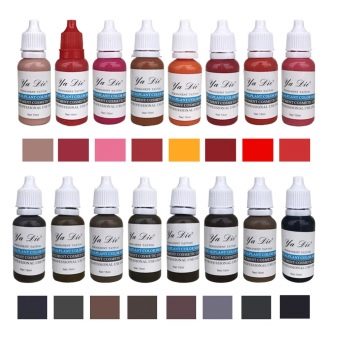
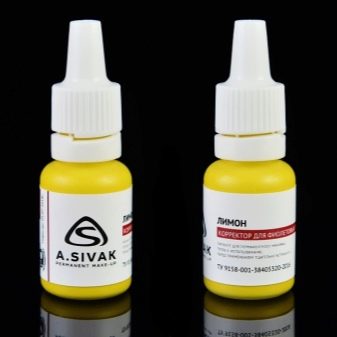
A competent specialist chooses dyes, relying not only on color, but also on the chemical composition.
In addition, it is important to remember that the durability of the dye depends not only on the composition, but also on the individual characteristics of the client's body. All people are different, and it is very difficult to predict the reaction of the skin to this or that composition. The same dye will be removed at different times from different people.
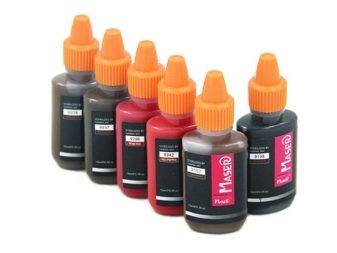
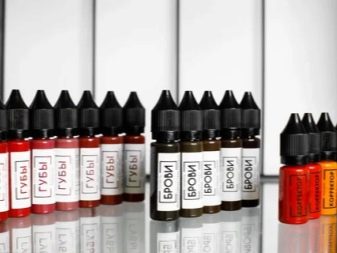
Top brands rating
The paint manufacturer is not the least important when choosing. The modern assortment of pigments of different brands is very large. Among the top ones there are German, Russian, American firms that work in compliance with all rules and regulations.
-
BioTek... This brand is very popular among domestic craftsmen, the paint has a soft composition, the body does not reject it. The palette of shades is very rich - there are hundreds of tones. The paint has established itself as resistant, non-fading, healing takes place in a short time. The product is certified and has passed all the necessary tests.
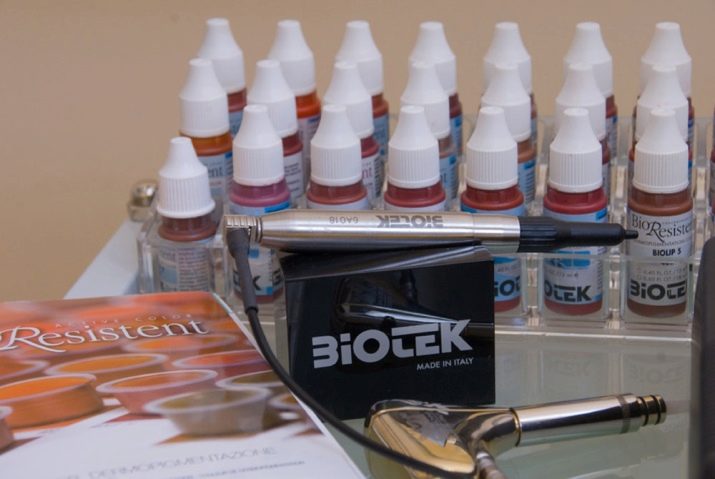
- BioTouch... It is perfectly distributed under the skin, does not interfere with healing, but rather improves the process. The composition is safe, it does not contain toxic substances that harm the body. The product is declared as hypoallergenic, the amount of pigments is 23 pcs. The poorness of the palette is compensated by the fact that pigments can be combined and create new shades.
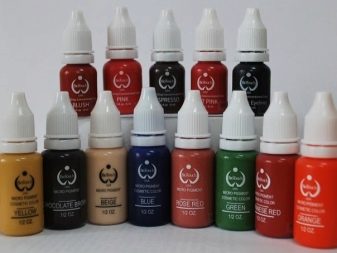
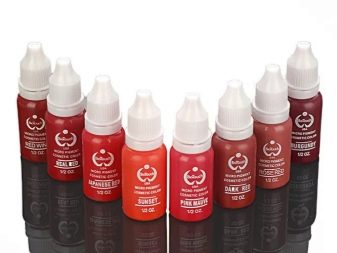
- Kodi... A very popular brand, the paint is characterized by maximum durability and absolute safety. Perfect for owners of thin skin, the pigment stays on it for a very long time. The ease of use makes the paint very popular among artisans. The texture of the substance is very light, comfortable and does not change color during the burnout process.
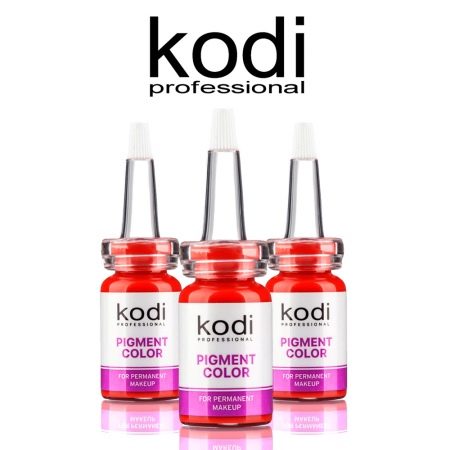
- Custom... The price for the products of this brand is high, but this is due to both rapid healing and excellent durability, color retention. As a rule, this paint is not washed off earlier than the manufacturer claims. The only drawback is the high price, which increases the cost of the procedure. The palette contains 37 shades.
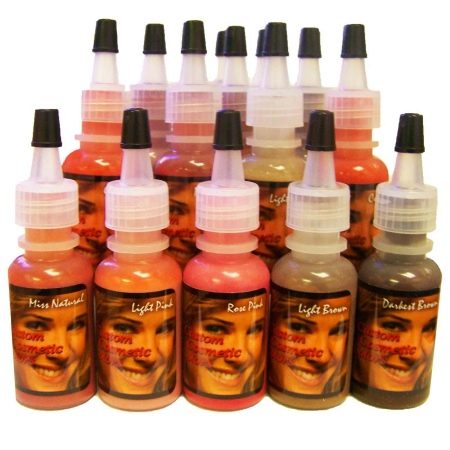
- SofTap... An American brand that guarantees that the shades are 100% the same as stated. Even after the pigment begins to peel off, its color will not change, it will only fade. The pigments give a natural look to the permanent, all shades are natural. The formulation of the paints is original, they have a thick consistency and rich tones. These are quite economical types of paints, they perfectly fit on any type of skin. The technique can be any - from powdery to hairy.


- Purebeau Hicon. German brand, certified and absolutely safe. The base has a creamy texture that fits perfectly and spreads well. The permanent looks natural and does not change color.

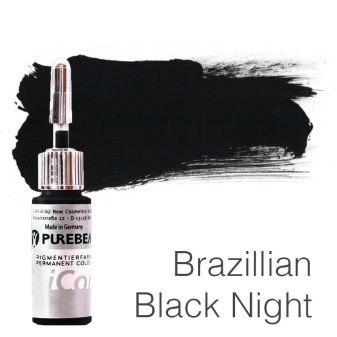
- Aqua... Another American brand, paints have a gel structure, the palette is very rich. The pigment lays down very evenly and is suitable for any permanent make-up technique, for lips, eyelids and eyebrows.
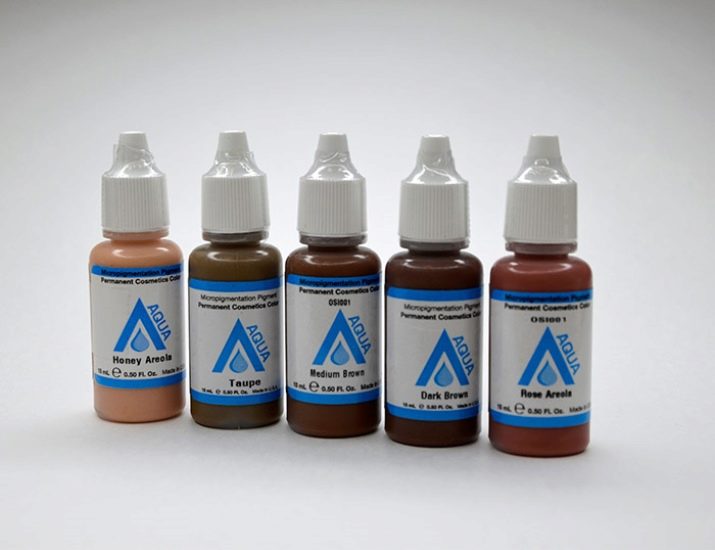
- Goochie... A Korean brand that does not have a very rich palette, but there is a possibility of mixing tones. The skin heals quickly, the color does not wash out, it looks natural.
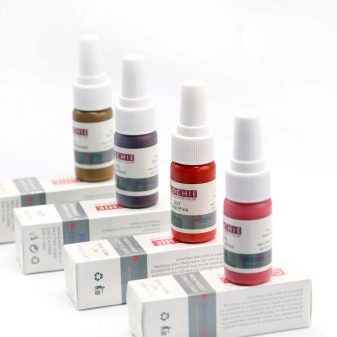
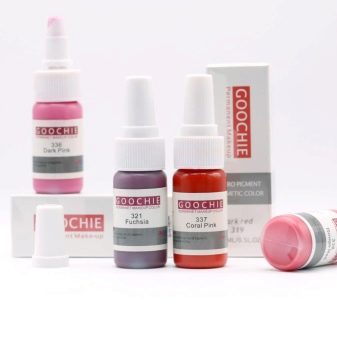
- Nue... Another German brand that allows you to create natural permanent makeup. Great for shadow technicians, very handy marking with dispenser. The consistency is comfortable, suitable for all types of devices. There are 14 shades in the palette, all of them look natural and do not change colors during depigmentation.
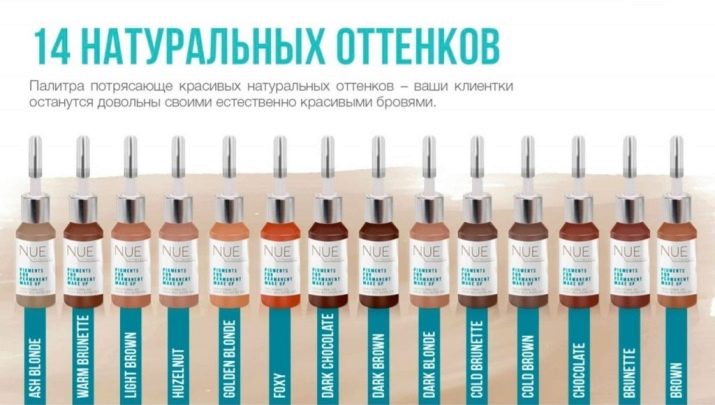
Selection Tips
The procedure for creating permanent makeup should be performed only by a professional master who knows his job.... The specialist's arsenal should contain sterile needles, a machine, anesthetic agents, healing ointments, consumables and pigments. Selecting pigments for a permanent is a very important process. You can buy paints at various retail outlets, on Internet sites and in specialized stores.
It is not worth buying pigments in random places, proven places guarantee that the master does not acquire a fake. The quality of the pigment is the main criterion when choosing.
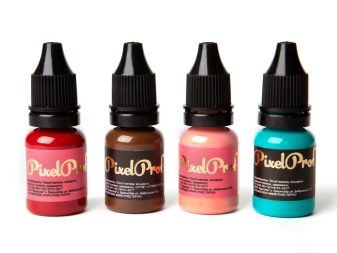
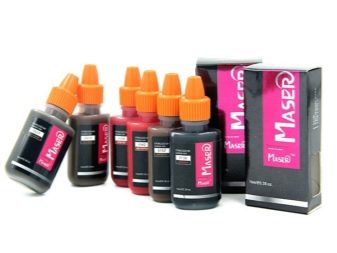
Before making a purchase, carefully study the composition, it must be hypoallergenic. European brands are as popular as American ones. They have proven themselves long ago.
Russian pigments are just gaining their place on the market, and among the Asian ones there are both worthy and very suspicious in terms of composition. It is very important to select formulations that are free of allergens. In any case, the individual reaction must be checked. The paint is applied to a small area of the skin, it is worth looking at it in 2-3 days. The pigment cannot be used if itching, burning sensation, redness, rash appears.
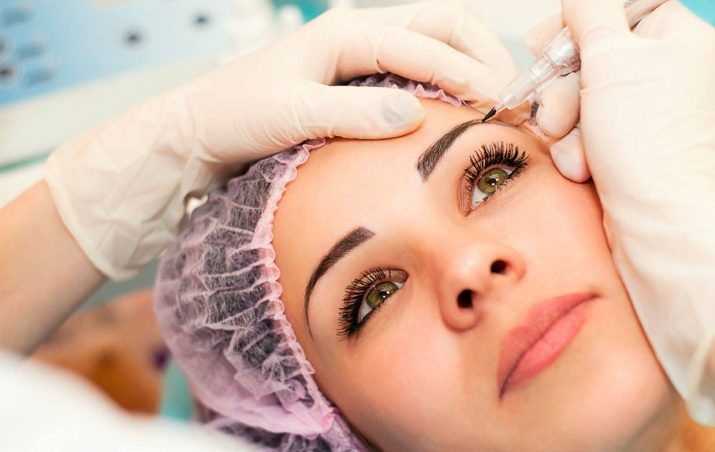
In addition, it is important to evaluate the consistency of the paint, it depends on how convenient it will be to work with the pigment. The homogeneity of the composition speaks in favor of the product, any lumps make the work difficult for the master.
It is also very difficult to predict the result for the client in this case. The paint lies unevenly in the subcutaneous layers, poorly distributed. As a result - errors and defects in staining, the result will be negative. If the pigment is of good quality, such problems do not arise.
Before working with this or that composition, it must be tested on paper. The pigment is applied in a dense layer, then you need to wait until the paint dries. If the texture is of a uniform type, the application is possible without any fears.
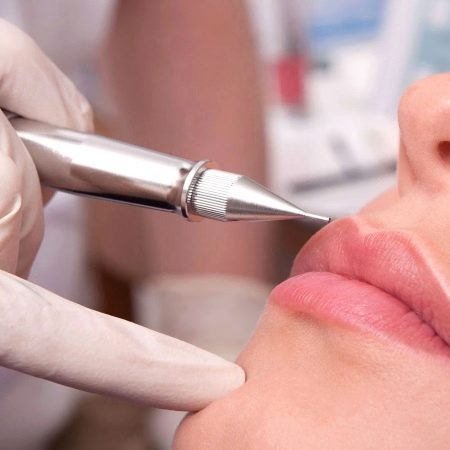
It is very important, even after the procedure, to monitor how the pigment fade.... If you are sure that it only brightens, everything is fine. But if the composition changes color during burnout, it is better to refuse it, otherwise clients will not return to you. A radically changing tone is a reason to abandon the pigment in favor of a higher quality one. You should also avoid working with compounds that lighten unevenly, spots, specks.
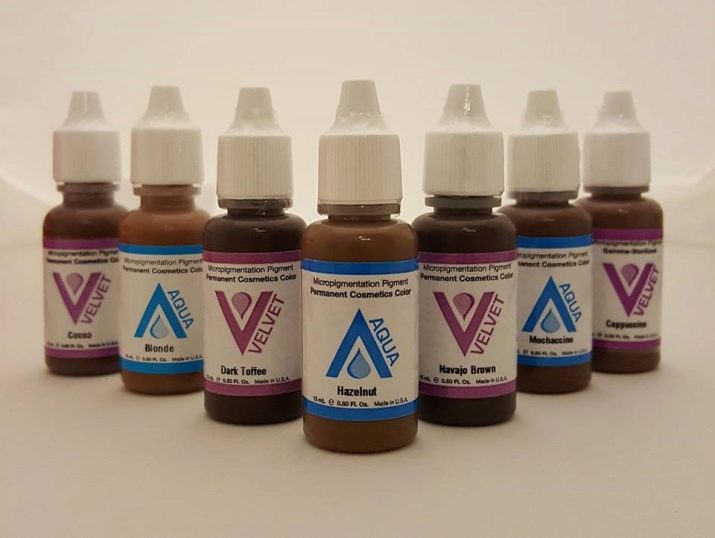
In no case should you use dyes that are intended to create tattoos.... The composition of these pigments is strikingly different from permanent paint. They are more aggressive, for thin skin of the face they are contraindicated to use. Such pigments behave in a completely unpredictable manner, provoking burns. It is the means for the tattoo that in the process of burnout acquire a green or blue color.
You should not chase after cheapness and buy pigments at a suspiciously low price, a quality product will not be cheap. Before you buy paint, evaluate the reputation of the manufacturer, reviews of other masters, documents.
